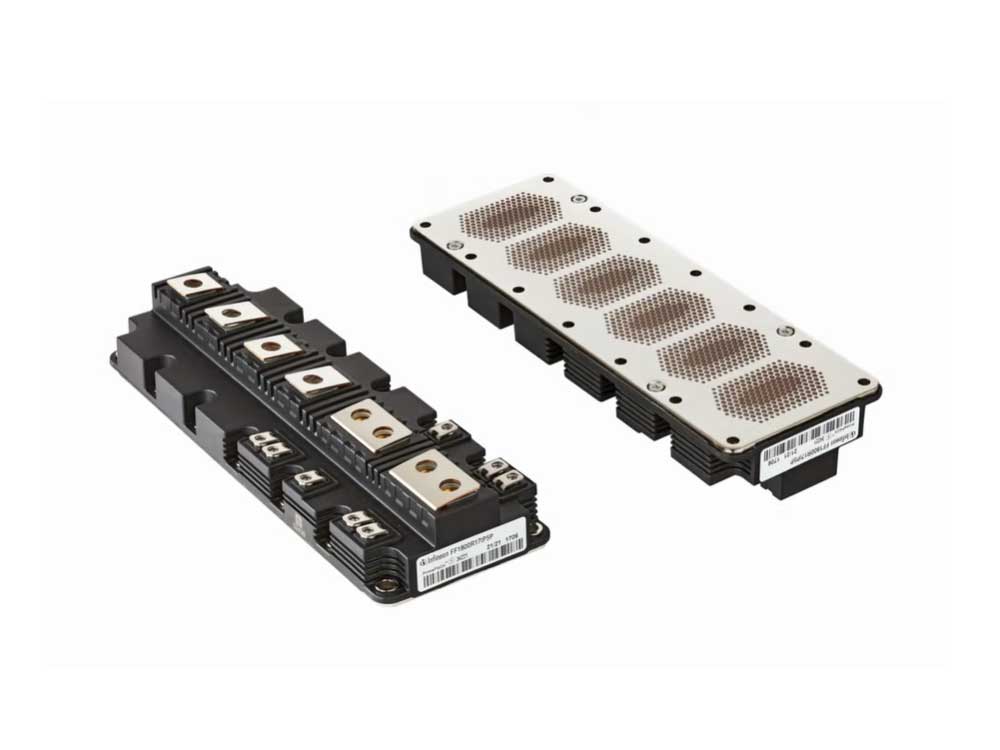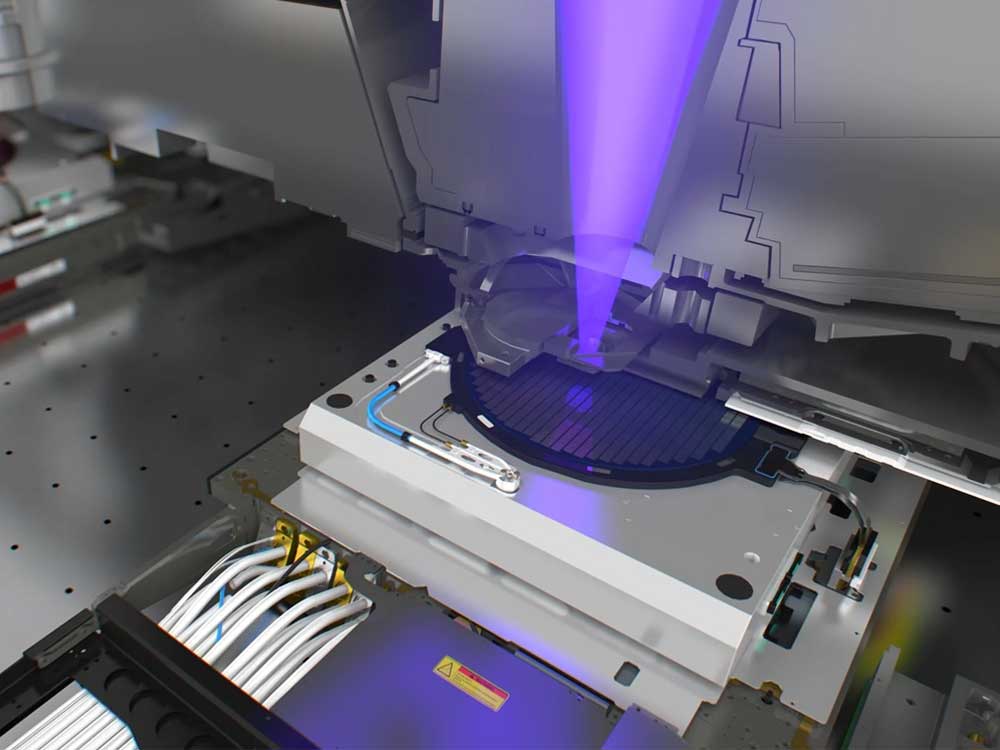Today we discuss China’s chips and DUV lithography machines in 2024: needs, challenges and opportunities.
With the rapid development of China’s integrated circuit industry, the demand for DUV lithography machines is also growing.
As a key equipment for manufacturing high-end chips, DUV lithography machines are of great significance to improving China’s chip production capacity and quality. However, to meet this demand, China still needs to make efforts in many aspects.
The current situation and challenges of China’s chip industry

China’s integrated circuit industry has made significant progress in recent years, but still faces some challenges. Among them, insufficient supply of key equipment is an important issue.
As a necessary equipment for manufacturing advanced process chips, the supply of DUV lithography machines is restricted, resulting in limited chip production capacity in China. In addition, China still lags behind the international leading level in terms of high-end chip design and process technology, and needs to continuously improve its own strength.
The importance of DUV lithography machine
DUV lithography machine is a necessary equipment for manufacturing process chips of 7 nanometers and below. With the rapid development of 5G, Internet of Things, artificial intelligence and other technologies, the demand for high-end chips continues to increase. As a key equipment for manufacturing high-end chips, DUV lithography machine has high technical threshold and strong market monopoly. It is the core link in the integrated circuit industry chain. Mastering DUV lithography machine technology is of great significance to improving the overall competitiveness of China’s chip industry.
China’s progress in the field of DUV lithography machines
Although China is still relatively weak in the field of DUV lithography machines, it has made some progress in recent years.

For example, Shanghai Microelectronics Equipment Co., Ltd. has successfully developed a 28-nanometer process DUV lithography machine and plans to launch more advanced models in the future.

In addition, the Chinese government is also increasing its support for the research and development of key equipment such as DUV lithography machines and encouraging companies to strengthen technological innovation and cooperation.
The future outlook of China’s chip industry
With the rapid development of 5G, Internet of Things, artificial intelligence and other fields, China’s chip industry will face more opportunities and challenges.

In the future, China needs to continue to increase investment in the integrated circuit industry, strengthen independent research and development and innovation, and break through bottlenecks in key equipment and technology. At the same time, international cooperation should be strengthened to jointly promote the healthy development of the global integrated circuit industry.
Policy recommendations and measures
In order to further promote the development of China’s chip industry, the Chinese government and enterprises need to adopt a series of policy measures.
First of all, the government should increase support for the integrated circuit industry, increase industry concentration, and cultivate leading companies with international competitiveness. Secondly, strengthen industry-university-research cooperation, promote the research and development of key equipment and technology, and break through technical bottlenecks.
In addition, we will strengthen talent training and introduction to provide sufficient talent support for industrial development. Finally, strengthen international cooperation and exchanges, actively participate in the formulation of international standards and industrial cooperation, and promote the coordinated development of the global integrated circuit industry.

China’s demand for DUV lithography machines in 2024
In 2024, China’s demand for DUV lithography machines will continue to grow, mainly due to technological progress and industrial expansion.
Market supply and demand and international trade environment
At present, the global DUV lithography machine market is mainly dominated by companies such as ASML of the Netherlands, Canon and Nikon of Japan.
These companies have strong capabilities in technology research and development, production and marketing, and occupy a considerable market share. As one of the world’s largest integrated circuit markets, China has a huge demand for DUV lithography machines.
However, due to the international trade environment and supply constraints, the domestic market is in short supply.

Therefore, China needs to seek more cooperation and exchanges in the international trade environment to promote the balance between supply and demand in the DUV lithography machine market.
Technology R&D and independent innovation
Mastering DUV lithography machine technology requires a high degree of independent innovation capabilities and technology accumulation.
China’s technology research and development in the field of integrated circuits started late, and there is a certain gap between China and the international leading level. In order to meet the demand for DUV lithography machines, China needs to increase investment in technology research and development and independent innovation, break through key technology bottlenecks, and improve independent research and development capabilities and industrial competitiveness.
At the same time, we will strengthen cooperation and exchanges with international advanced enterprises to jointly promote technological innovation and industrial development.
Talent training and introduction
The development of the integrated circuit industry cannot be separated from the support of high-quality talents. China’s talent pool in the integrated circuit field is relatively insufficient, especially in the high-end talent gap. In order to meet the demand for DUV lithography machines, China needs to increase investment in talent training and introduction, establish a complete talent training system, and attract and retain more high-end talents. At the same time, we will strengthen cooperation and exchanges with internationally renowned companies and universities to jointly cultivate and deliver outstanding talents.

Industrial chain collaboration and ecological construction
The application of DUV lithography machines involves the collaboration and ecological construction of the entire integrated circuit industry chain. China needs to strengthen cooperation and exchanges between upstream and downstream enterprises in the industrial chain and promote collaborative innovation and ecological construction in the industrial chain. Through policy guidance and market mechanisms, we will promote the deep integration and complementary advantages of all links in the industrial chain, and improve the competitiveness and stability of the entire industrial chain.
To sum up, China’s demand for DUV lithography machines will still be strong in 2024, and it will face both challenges and opportunities. The government and enterprises need to take effective measures from multiple perspectives to strengthen independent research and development and technological innovation, break through bottlenecks in key equipment and technology, and promote the healthy development and global competitiveness of the integrated circuit industry. At the same time, international cooperation and exchanges should be strengthened to jointly promote the coordinated development of the global integrated circuit industry.
Summarize
China’s chip industry faces many challenges and opportunities during its rapid development. DUV lithography machine is a key equipment for manufacturing high-end chips, and its supply and technology mastery are of great significance to the development of the industry.
The government and enterprises should increase investment, strengthen independent research and development and innovation, break through bottlenecks in key equipment and technology, and jointly promote the healthy development of China’s chip industry and enhance global competitiveness.
FAQs
With the rapid development of China’s integrated circuit industry, the demand for DUV lithography machines is growing day by day. DUV lithography machines are key equipment for manufacturing high-end chips and are crucial to improving China’s chip production capacity and quality.
At present, China has made some progress in technological research and development in the field of DUV lithography machines, but there is still a gap between it and the international leading level. Mastering DUV lithography machine technology requires a high degree of independent innovation capabilities and technology accumulation.
China can break through key equipment and technical bottlenecks and improve the independent research and development capabilities and industrial competitiveness of DUV lithography machines by strengthening independent research and development and technological innovation. At the same time, we will strengthen cooperation and exchanges with international advanced enterprises to jointly promote technological innovation and industrial development.
Due to the rapid development of China’s integrated circuit industry, the demand for DUV lithography machines continues to grow. The specific demand needs to be comprehensively considered based on multiple factors such as market supply and demand, technological progress and industrial expansion.
The Chinese government can adopt a series of policy measures to meet the demand for DUV lithography machines. This includes increasing support for the integrated circuit industry, strengthening industry-university-research cooperation, strengthening talent training and introduction, and strengthening international cooperation and exchanges.
China faces some challenges and opportunities in meeting the demand for DUV lithography machines. Challenges mainly include the difficulty of technology research and development, insufficient equipment supply, and insufficient talent reserves. Opportunities lie in the growth of market demand brought about by technological progress and industrial expansion, as well as the government’s policy support for the integrated circuit industry.

